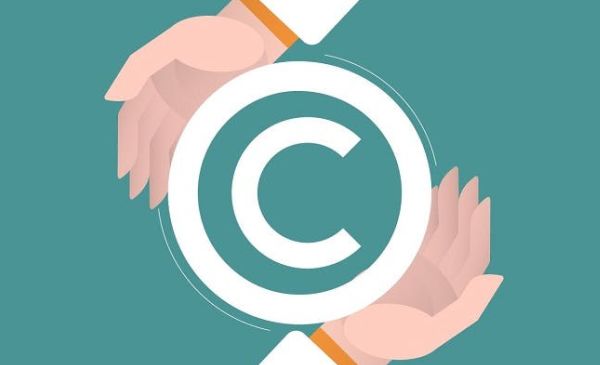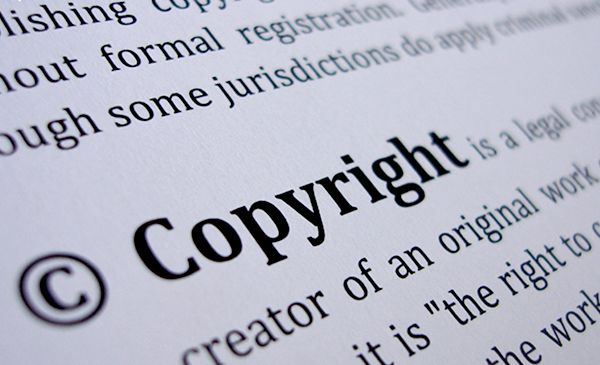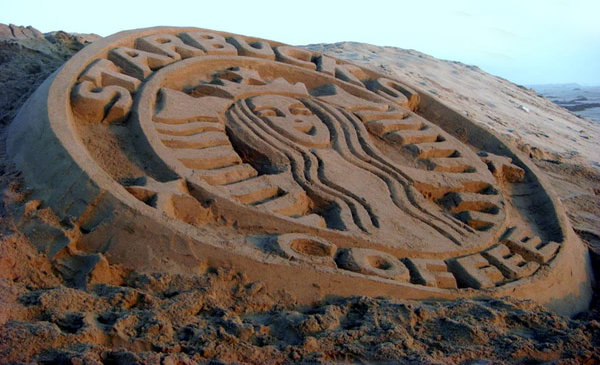As the Wall Street Journal noted this week, “the dot-com era is over.”
They weren’t kidding. That’s because the organization that governs the online domain name system – ICANN – voted this week to launch a new application process allowing for an unlimited number of new top-level domains reflecting everything from cities (“dot.Dallas) to brand names (“dot.McDonald’s”). The new system arrives “despite lingering doubts and objections from many trademark owners and brand managers,” notes Janet Satterthwaite, a trademark and domain name attorrney at law firm Venable in Washington.
“This new system is stirring considerable controversy, first because many believe that ICANN has failed to justify the sheer need for new top-level domain names,” she notes, especially given the significant costs and potential for confusion and even chicanery with so many new business addresses created for banks, retailers and merchants.
“There is a legitimate fear that an explosion of new registries will threaten Internet security,” Ms. Satterthwaite explains. “And the system is certain to create major headaches for companies because of the need for increased monitoring of all the new domains, and the real potential for cybersquatting and creation of bogus addresses.” She notes that ICANN’s news release announcing the system calls the development “historic” and “one of the biggest changes ever to the Internet’s Domain Name System.”
This has been controversial, first, because many believe that ICANN has failed to justify the need for new top-level domains; second, because some fear that an explosion of new registries will threaten internet security; and third, because of the vast headaches it will cause brand owners who will face increased cost of monitoring and dealing with cybersquatting. Even before the new flood of names – which will begin to come online in early 2012 – there are already some 130 million top-level domain names that include dot-com, dot-net, dot-org and others.
ICANN’s press release calls the development “historic” and “one of the biggest changes ever to the Internet’s Domain Name System.”
Some domain names will be brand-specific, “although early rumors suggest that not many companies have announced their intentions to apply,” Ms. Satterthwaite says. “Others will be geographic in nature, such as dot.Paris, dot.Tokyo and dot.Africa. But some domains will be cultural or linguistic, such as dot-zulu, while others will be geared toward social and demographic identity, including dot.gay or dot.fam.” The list goes on, including domains that are environmental (dot.eco), recreational (dot.ski), hospitality (dot.hotel) and countless other groupings. “Community domains designed to operate for the benefit of a specific group of people will also be permitted,” she says.
For branded companies and trademark owners trying to make clear sense of the new system, Ms. Satterthwaite offers responses to some key questions surrounding the expected flood of new domains:
1. Will someone register my brand as a top-level domain?
This is unlikely. The cost to apply to be a registry will be around $185,000 just in filing fees, although a recent modification allows huge discounts for applicants from developing countries. Applicants will need to show a large amount of technical expertise and capability to run a domain name registry. Those who do not will need to hire a service provider at great expense to run the system. This will not be an escapade for the casual cybersquatters. In the unlikely event that someone applies to register a top-level domain that is closely similar to your brand, you will have an opportunity to oppose it.
2. Should I register my brand as a top-level domain?
For many companies, the cost of doing this may not be worth the perceived value to the brand. You should plan to budget as much as $500,000 to get such a program up and running over the first couple of years. In addition to the filing fee, there will be consultant fees, attorney fees, and registry service-provider fees.
3. Will I need to deal with cybersquatters?
Unfortunately, yes. Once top-level domains are set up, you will need to take them into account and possibly modify your policing and registration strategy. For example, if you have defensive registrations, you may continue to buy your brand(s) as domain names unless and until the number of top-level domains makes this prohibitively expensive. There are no reports yet on how many entities plan to apply.
There will be sunrise periods reserved for brand owners before the registrations are open to the general public. There is supposed to be a trademark clearing house where you can register your marks once instead of having to submit paperwork to each separate registry. All new top-level domains will be subject to a Dispute Resolution procedure as .com and other top-level domains are now. On the other hand, new registries may be located outside the United States and thus not within reach of the U.S. Anticybersquatting Consumer Protection laws.
4. I am in the hotel, sport, or ski business. Will a competitor register .hotel, .ski or .sport and refuse to let me have a domain name registration such as myname.hotel?
It depends. The current draft Applicant Guidebook, which is still subject to amendment, provides that a registry may or may not have eligibility or use requirements. The agreement has to be negotiated with ICANN. As such it is not possible to guarantee anything.
Janet Satterthwaite has been advising clients on domain name issues since 1995. More on her and her practice can be found here.
The Blake Project Can Help: Accelerate Brand Growth Through Powerful Emotional Connections
Branding Strategy Insider is a service of The Blake Project: A strategic brand consultancy specializing in Brand Research, Brand Strategy, Brand Licensing and Brand Education




